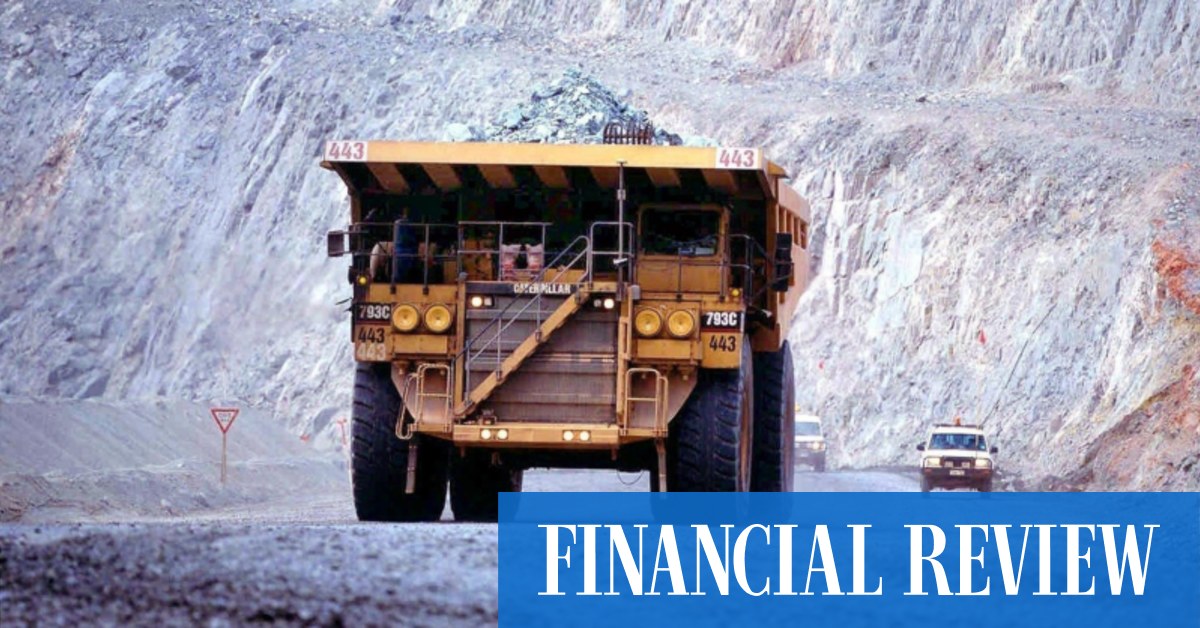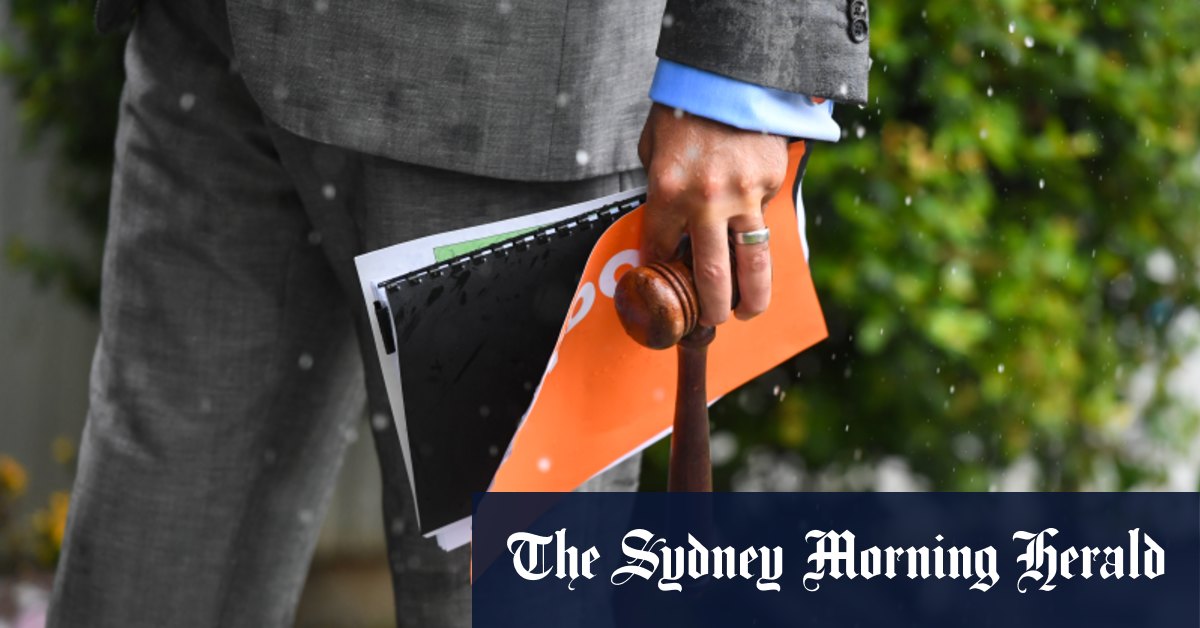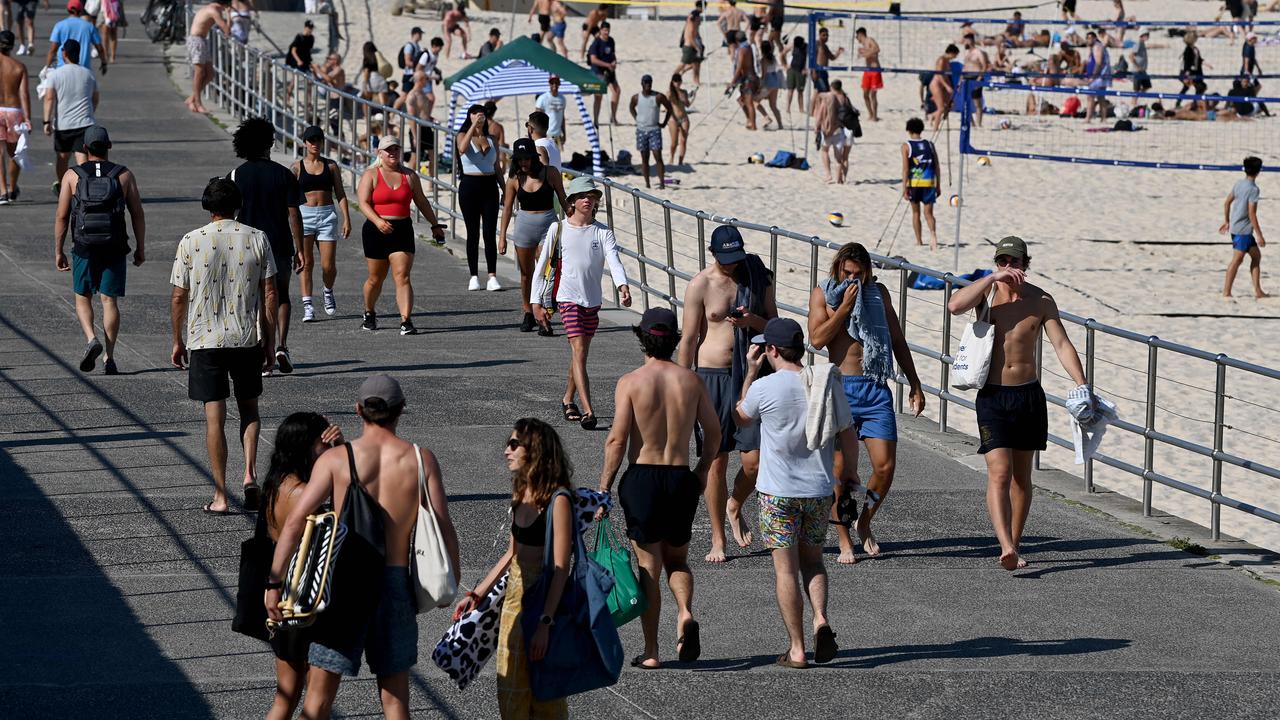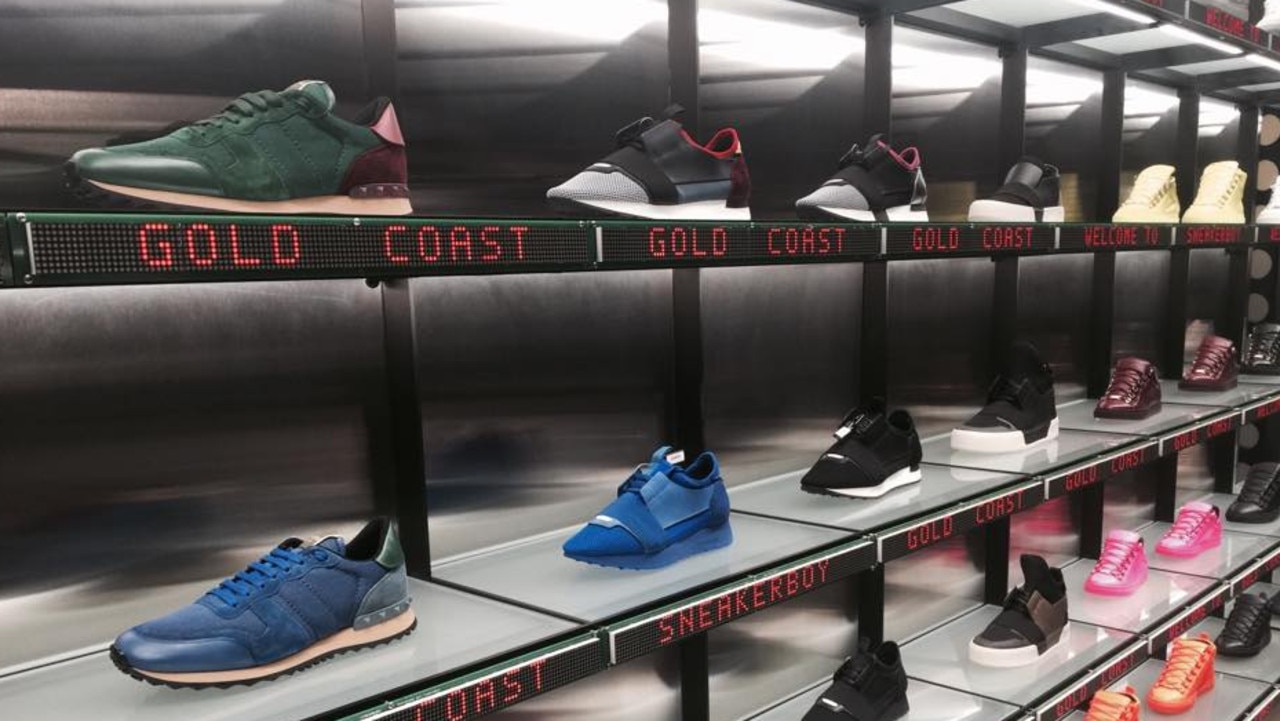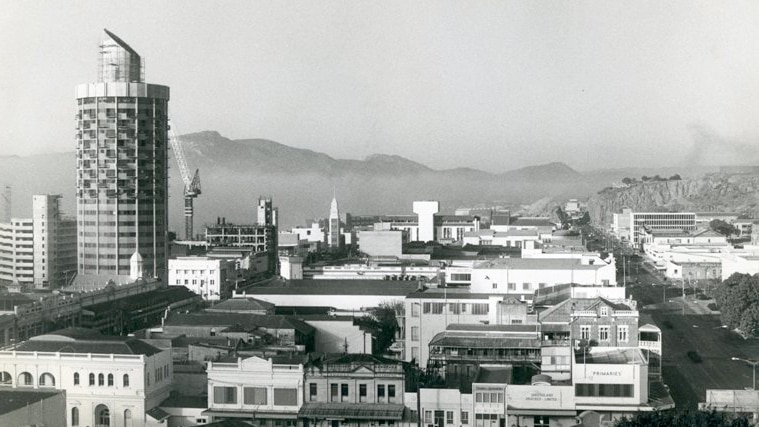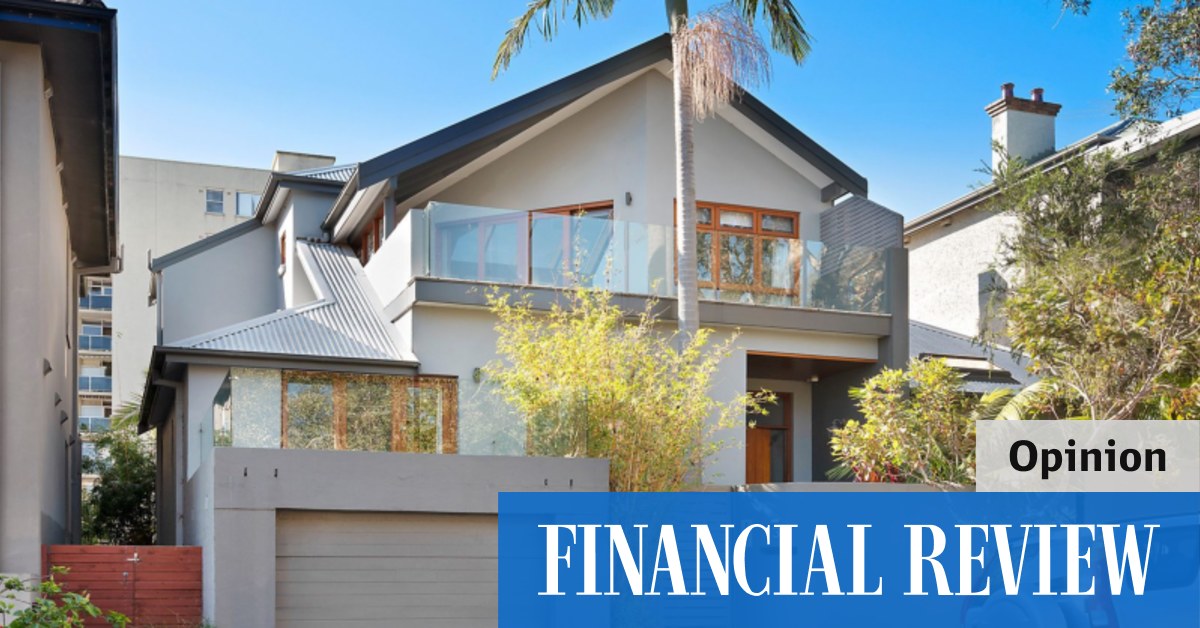On Wall Street, shares fell, paced by losses on the Dow. Real estate led all 11 of the S&P500 industry sectors down.
Today’s schedule
Local: Second quarter retail sales volumes at 11.30am AEST; NZ second quarter jobs data at 8.45am AEST
Overseas data: July services PMIs for China (Caixin), Japan (Nikkei), Euro zone (Markit) UK (Markit), US (Markit); Euro zone June PPI, June retail sales; US June factory and durable goods orders, July ISM non-manufacturing index
market highlights
ASX futures down 14 points or 0.2 per cent to 6893 near 6.30am AEST
- AUD -1.5% to 69.20 US cents
- Bitcoin +0.2% to $US23,039.74 near 6.30am AEST
- On Wall Street: Dow -1.2% S&P500 -0.7% Nasdaq -0.2%
- In New York: BHP -2.2% Rio -1.6% Atlassian +1.7%
- Tesla +1.1% Apple -0.9% Amazon -0.9% Netflix -2.1%
- In Europe: Stoxx 50 -0.6% FTSE -0.1% CAC -0.4% DAX -0.2%
- Spot gold -0.01% to $US1771.97 an ounce at 1.59pm New York time
- Brent crude +1.7% to $US101.69 a barrel
- Iron ore +0.4% to $US113.30 a tonne
- 10-year yield: US 2.75% Australia 2.97% Germany 0.81%
- US prices as of 4.33pm in New York
United States
After years of just missing out on the top spot, JPMorgan Chase & Co’s equities trading business has finally eked out the No. 1 place on Wall Street.
Between April and June, the bank’s revenue from the business outperformed both Goldman Sachs Group and Morgan Stanley for the first time in a quarter since at least 2006, reaching nearly $US3.1 billion. Further down the ranking, a strong set of results Friday for BNP Paribas’s equities unit means it has overtaken Barclays this quarter.
US household debt increased by 2 per cent to $US16.2 trillion in the second quarter, with mortgages, auto loans and credit-card balances all seeing sizable increases, according to a report by the New York Federal Reserve Bank.
The increase in borrowing, which equals to $US312 billion over three months, reflected in part higher prices for homes and cars. Americans also are putting more on their credit cards to cover rising costs amid decades-high inflation.
US job openings fell in June to a nine-month low, suggesting tightness in the labor market is easing somewhat amid growing economic pressures.
The number of available positions decreased to 10.7 million in the month from an upwardly revised 11.3 million in May, the Labor Department’s Job Openings and Labor Turnover Survey, or JOLTS, showed. The 605,000 decline was the biggest since April 2020.
The level of openings was lower than all but one estimate in a Bloomberg survey of economists.
Europe
European shares fell on Tuesday as weak global factory data fanned economic slowdown fears.
The pan-European STOXX 600 slipped 0.2 per cent.
“After the best month for STOXX 600 in July, European equities are giving back some of those gains to kick off August, suggesting the rally was slightly overdone,” said Victoria Scholar, head of investment at Interactive Investor.
In Europe, miners were among the biggest drags, falling 1.4 per cent amid a drop in commodities’ prices as traders rushed to safer assets.
Semiconductor stocks such as ASML Holding, ASM International and BE Semiconductor fell between 1.2 per cent and 2.2 per cent.
Meanwhile, Moody’s Investors Service flagged an increased risk of stagflation in European Union countries.
Across European indexes, UK’S FTSE 100 fell the least among European peers thanks to bumper profits from oil giant BP, shares of which signed 2.8 per cent.
Maersk gained 2.1 per cent after raising its 2022 profit guidance for a second time following a beat in quarterly revenue, as congested supply chains boost freight rates.
Ferrari gained 1.1 per cent after beating earnings forecasts and reporting record orders for the second quarter, prompting the luxury sports car maker to also raise its full-year targets.
commodities
Dalian and Singapore iron ore futures rose in a volatile session on Tuesday, as traders focused on improving steel margins in top steel producer China, while weighing prospects of further output cuts.
The most-traded iron ore, for September delivery, on China’s Dalian Commodity Exchange ended daytime trade 1.5 per cent higher at 807 yuan ($US119.32) a tonne, near Monday’s four-week high of 817.50 yuan.
On the Singapore Exchange, the steelmaking ingredient’s benchmark September contract climbed 0.7 per cent to $US115.50 a tonne, as of 0725 GMT, but off the previous session’s four-week peak of $US120.95.
Copper edged lower on Tuesday alongside global equities as tensions between China and the United States and a run of weak economic data pushed investors to safer assets.
Benchmark copper on the London Metal Exchange (LME) was down 0.1 per cent at $US7815 a tonne at 1626 GMT, having fallen as low as $US7665.
Russian metals producer Nornickel said that its sales of nickel, palladium and platinum fell in the first half of 2022 due to disrupted supply chains, while net profit rose by 18 per cent to $US5.1 billion due to a stronger rouble.
